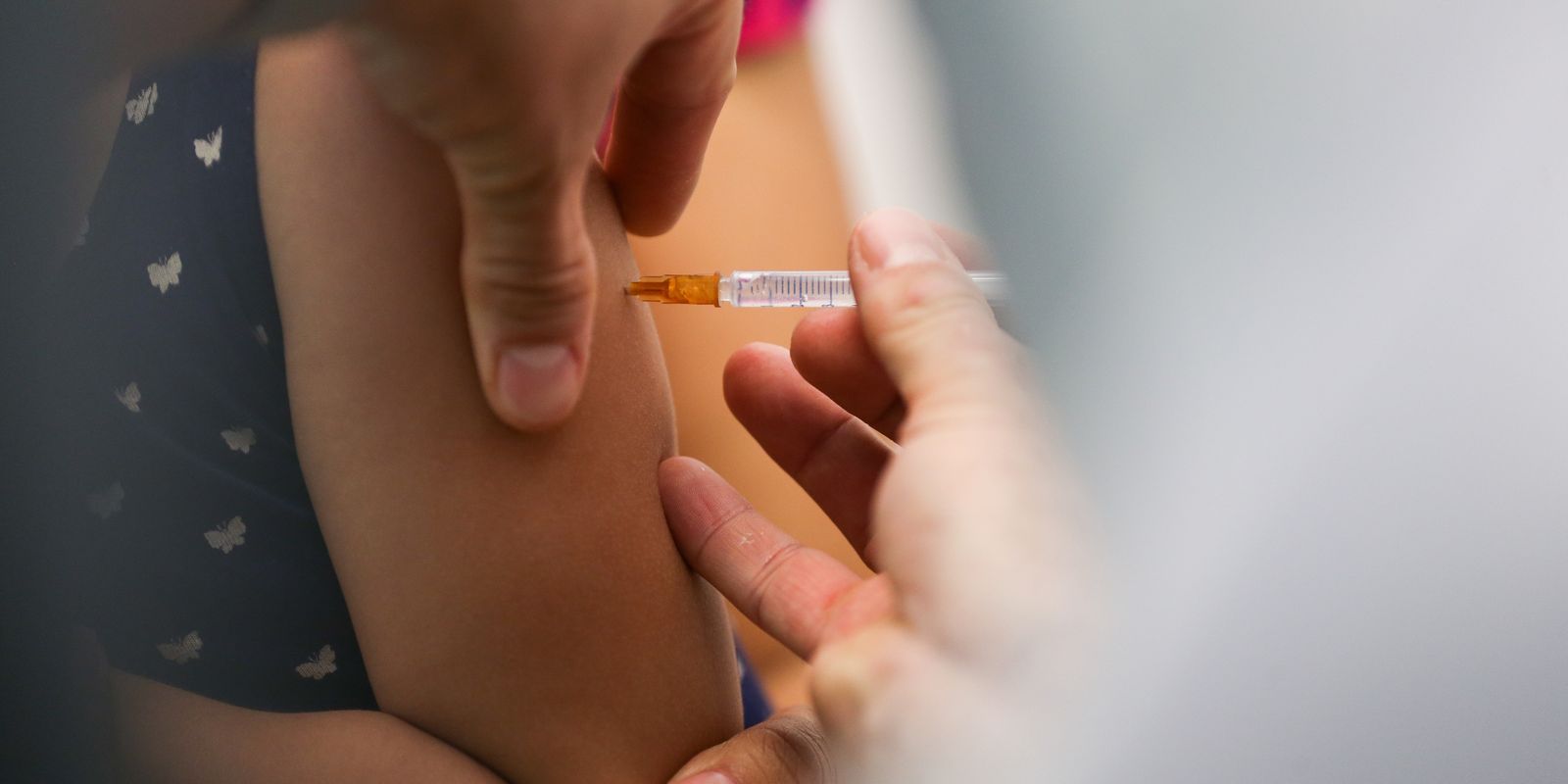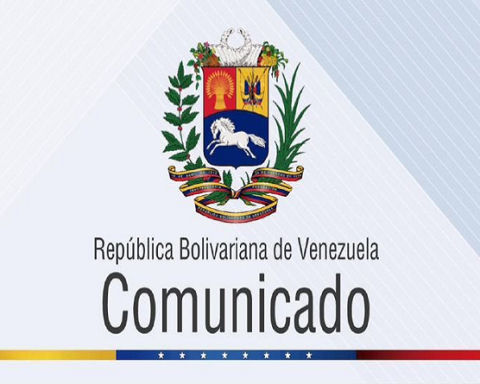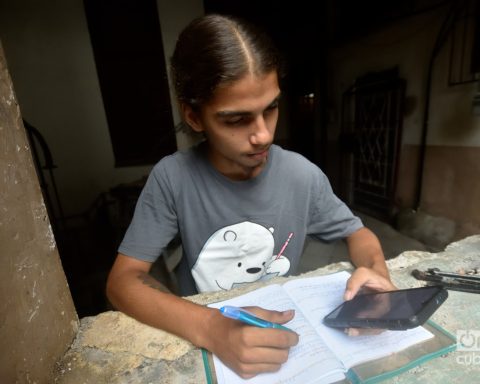Multivaccination campaigns, which function as a joint effort to apply immunization agents to update the vaccination record, do not pose a risk to the population and are, effectively, a way to increase vaccination coverage in the country and strengthen collective immunity, avoiding the risk of outbreaks. of diseases that can lead to death and serious consequences.
But, in a scenario of proliferation of fake news and misinformation, some people are afraid of applying more than one vaccine on the same day.
On this National Vaccination Day, celebrated on October 17th, experts interviewed by Brazil Agency reinforce the importance of the strategy adopted by the Ministry of Health and help to discard myths and fears surrounding multivaccination, aimed mainly at children and adolescents under 15 years of age.
In recent campaigns, the ministry made available 17 vaccines that protect against diseases such as polio, measles, rubella and mumps, among others.
No risks
Researcher Patricia Boccolini, coordinator of the Childhood Health Observatory (Observa Infância), an institution linked to the Oswaldo Cruz Foundation (Fiocruz), explains that there is no limit to the number of vaccines that a child can receive on the same day. She argues that “it is important not to waste that opportunity to keep that child’s vaccinations up to date”.
“According to the Ministry of Health, in principle, all children’s routine vaccines can be administered on the same day”, he states.
Boccolini adds that there is always a health professional at the site of the effort to assess which vaccines are needed and administer the doses.
Observa Infância is a scientific dissemination initiative to make society aware of data and information about children’s health.
The director of the Brazilian Society of Immunizations (SBIm), Isabella Ballalai, says that some vaccines need to respect an application interval. “Minimum interval between two doses of the same vaccine and the minimum interval between one vaccine and another, and this will vary according to the vaccine.”
“The health professional, when evaluating these delayed vaccines, will try to make the most of that visit.”
The director of Sbim debunks the myth that multi-vaccination overloads the immune system of children and adolescents.
“We are exposed to viruses, bacteria and fungi 24 hours a day, and this is not burdensome. It will not be the minimum amount of antigens found in vaccines that will overload the immune system. On the contrary, vaccines help the immune system, presenting these antigens from diseases considered more serious, so that it can create these antibodies without getting sick”, he explains.
Boccolini adds: “What can happen are mild reactions, such as fever, pain at the site of application, some small reactions.”
“We have to think that the benefits of vaccination in protecting against serious diseases that can lead to the death of children outweigh these small temporary discomforts that may arise”, adds the researcher.
Specific vaccines
The coordinator of Observa Infância adds that health professionals who monitor vaccinations provide guidance on specific cases of vaccines that should not be taken on the same day.
“We have some exceptions, for example, the triple viral vaccine – which protects against measles, mumps and rubella – or the tetra viral vaccine – which protects against measles, mumps, rubella and also chickenpox [popularmente conhecida como catapora] – children under 2 years of age should not be administered with other vaccines, such as yellow fever”, he warns.
“The yellow fever vaccine may have some interference with the immune response when combined with components, for example, from mumps and rubella present in the triple virus.”
In these cases, an interval of 30 days is required between vaccines, he explains. For those over 2 years of age, vaccines can be administered simultaneously, according to Boccolini.
She also mentions Qdenga, a vaccine against dengue produced by the Japanese laboratory Takeda. For now, the Unified Health System (SUS) only makes it available to teenagers. But, technically, it can be applied to younger children.
“It is an attenuated virus vaccine, it also follows the same scheme of being taken alone and not together with other vaccines”.
The researcher emphasizes that any type of question, including about vaccines that pregnant women can take, is clarified by health professionals present in the joint efforts. “All these doubts will be resolved there, at the time of vaccination.”
Vaccination coverage
In addition to being beneficial for children and adolescents who protect themselves from preventable diseases, multivaccination campaigns are important for the country, as they are a way to expand vaccination coverage.
“All this joint effort facilitates access to vaccines”, assesses Boccolini. “When you update the booklet, you ensure that delayed doses are applied at a single moment.”
The consequence, he adds, is that the country “protects itself against outbreaks, strengthening collective immunity”.
Therefore, there is an interest in vaccination coverage always remaining high. The coordinator cites the example of measles. “A disease that we managed to control, but, time and again, it returns because it has not been eradicated in the world.”
Another case is polio, which can cause infantile paralysis. Brazil eradicated the disease, which is still endemic in many parts of the world, that is, it is present with recurrence in a certain region, but without a significant increase in the number of cases.
“We need to have high vaccination coverage, collective immunity, so that, if we have someone coming from abroad with the disease, we are prepared so that there is no issue here in the national territory”, explains the specialist, who points out the need to our vaccination coverage reaches around 90% to 95% of the target audience.
According to the Ministry of Health, vaccination coverage in 2024 is around 85%. The country has not recorded cases of polio since 1989 and, five years later, in 1994, it received certification as an area free from circulation of wild poliovirus.
However, in 2023, the country was classified as high risk for the reintroduction of poliovirus by the Regional Commission for the Certification of the Eradication of Poliomyelitis in the Region of the Americas (RCC), linked to the Pan American Health Organization (PAHO), office of the World Health Organization (WHO) in the Americas.
In June 2024, the Ministry of Health launched the vaccination campaign against polio, with the aim of immunizing 95% of the target audience of 13 million children under 5 years of age.
Illness perception
Pediatrician Isabella Ballalai, from Sbim, highlights that, throughout history, multivaccination campaigns have been very important for the elimination of preventable diseases, such as measles, polio and smallpox. “It was the way for us to be able to vaccinate almost the entire target population.”
She recalls that before eradication, vaccination had great appeal among the population, as people experienced examples of the effects caused by diseases.
“At that time, the campaigns were attractive to the population who knew about the diseases, who saw children dying, saw children with sequelae. These diseases were the biggest causes of infant mortality.”
She explains that vaccination is a behavioral issue. “When a person sees themselves at risk, they look for the vaccine.”
Isabella points out, however, that with a lower perception of risk caused by the elimination of diseases, interest in vaccination becomes lower, even more so if combined with obstacles such as a busy routine, which makes it difficult to get to the vaccination center, and doubts caused by misinformation. .
“This moment that we are experiencing more intensely now and after Covid-19, due to a lot of misinformation, leaves the population in doubt and a population that does not see any risk of catching polio, measles, even though we say that [a doença] will come back.”
The doctor insists that multivaccination is a way to guarantee the best vaccination coverage in the country. “It serves to attract the population and try to increase vaccination coverage for those who, perhaps, did not go as part of the routine.”

















